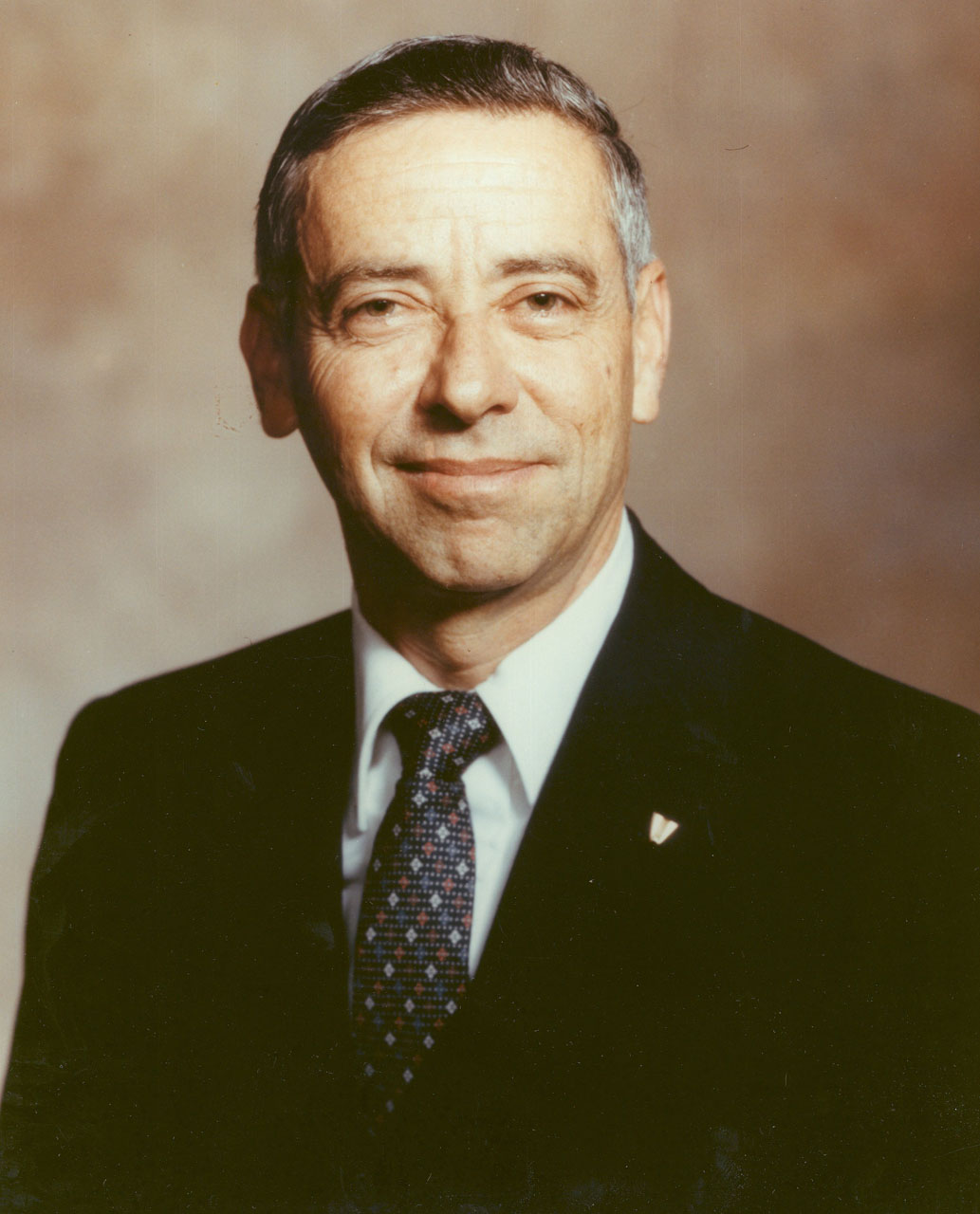July 20, 2011 Vol. 4, Issue 5
Two new books examine the advantages of taking incremental steps to achieve big breakthroughs.
Conventional wisdom tells us that the only way to make a big impact is to think big and act accordingly. Not so, according to two recent books that offer counterintuitive advice about the advantages of “failing fast” and learning through controlled trial and error.
In the natural world as well as in organizations, failure is the norm rather than the exception, says Financial Times columnist Tim Harford. In Adapt: Why Success Always Starts with Failure, Harford looks at empirical research suggesting that organizational success and failure closely mirrors evolutionary biology. From this starting point, he identifies three essential steps for adapting successfully to a dynamic world: “…first, seek out new ideas and try new things; second, when trying something new, do it on a scale where failure is survivable; third, seek out feedback and learn from your mistakes as you go along.” He names these three steps “Palichinsky Principles,” after Peter Palichinsky, a Russian engineer with a love for statistical analysis. Palichinsky advised leaders ranging from the last Russian czar to Soviet premier Joseph Stalin to adopt a step-by-step approach to industrial planning rather than singular, massive initiatives. While history has borne out the wisdom of Palichinsky’s analysis, his compulsive need to speak truth to power cost him his life.
The converse of the Palichinsky approach, Harford reminds us, is over-reliance on experts. He delves into a litany of case studies and research, including seminal work by Philip Tetlock on expert political judgment, and comes to the conclusion that, “…whether we like it or not, trial and error is a tremendously powerful process for solving problems in a complex world, which expert leadership is not.”
In Little Bets: How Breakthrough Ideas Emerge from Small Discoveries, Peter Sims focuses on the importance of developing trial and error as a strategy, which he characterizes as one of placing little bets rather than big ones. Noting the connection to the creative process, he writes that, “…little bets provide a powerful vehicle to approach life and work in a new way.” Sims moves through case studies ranging from the way comedian Chris Rock develops material to the making of a Pixar animated film to architect Frank Gehry’s interest in nonconventional building materials.
The common denominator between Adapt and Little Bets is Brigadier General H.R. McMaster, who has won wide recognition for establishing an effective counterinsurgency in the Iraqi city of Tal Afar. Both Harford and Sims praise McMaster’s willingness to buck conventional wisdom, run controlled experiments, and move in the direction of what works. McMaster’s approach (as well as his tendency to speak his mind) has been widely documented elsewhere, so it’s not surprising that he would turn up as a case study in two books exploring similar terrain. His story offers a powerful example of the principles that both books embrace. Reading Harford and Sims side by side may make a reader wish that each author had found more examples off the beaten path. Adapt provides more intellectual heft, while Little Bets is a breezy series of stories that drive home a common point.
Read more about Little Bets.









